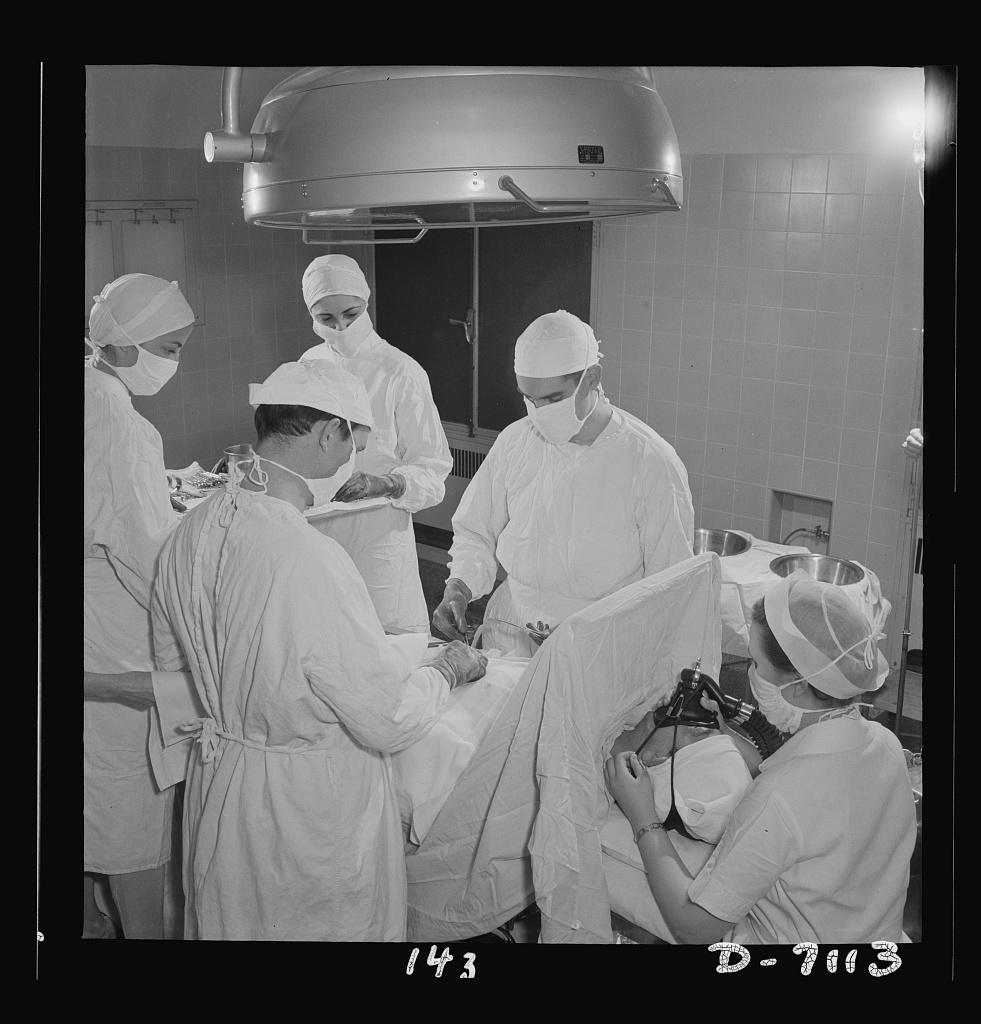|
Giuseppe Zangara
Giuseppe Zangara (September 7, 1900 – March 20, 1933) was an Italian immigrant and naturalized United States citizen who attempted to assassinate the President-elect of the United States, Franklin D. Roosevelt, on February 15, 1933, 17 days before Roosevelt's inauguration. During a night speech by Roosevelt in Miami, Florida, Zangara fired five shots with a handgun he had purchased a couple of days before. He missed his target and instead killed Anton Cermak, the Mayor of Chicago, and injured four bystanders. Zangara was convicted of murder and executed by electric chair. Early life Zangara was born on September 7, 1900, in Ferruzzano, Calabria, Italy. After serving with the Royal Italian Army in the Tyrolean Alps during World War I, he did a variety of menial jobs in his home village before emigrating with his uncle to the United States in 1923. He settled in Paterson, New Jersey, and became a naturalized citizen of the United States in 1929. Health issues Zangara ... [...More Info...] [...Related Items...] OR: [Wikipedia] [Google] [Baidu] |
Ferruzzano
Ferruzzano is a ''comune'' (municipality) in the Province of Reggio Calabria in the Italian region of Calabria, located about southwest of Catanzaro and about east of Reggio Calabria. As of 31 December 2004, it had a population of 863 and an area of . Ferruzzano borders the following municipalities: Bianco, Bruzzano Zeffirio, Caraffa del Bianco, Sant'Agata del Bianco. It is the home town of Giuseppe Zangara, the man who tried to assassinate Franklin Delano Roosevelt. On 23 October 1907 a magnitude 5.9 earthquake struck Calabria, at a depth of 33.0 km. The epicentral area included Ferruzzano, where many houses collapsed almost completely, and 158 persons, or 8% of its population, were killed. Ferruzano had been hit as well in the 1905 Calabria earthquake.Calabria the Home of the Earthqu ... [...More Info...] [...Related Items...] OR: [Wikipedia] [Google] [Baidu] |
Electric Chair
The electric chair is a specialized device used for capital punishment through electrocution. The condemned is strapped to a custom wooden chair and electrocuted via electrodes attached to the head and leg. Alfred P. Southwick, a Buffalo, New York dentist, conceived this execution method in 1881. It was developed over the next decade as a more humane alternative to conventional executions, particularly hanging. First used in 1890, the electric chair became a symbol of capital punishment in the United States. The electric chair was also used extensively in the Philippines. It was initially thought to cause death through cerebral damage, but it was scientifically established in 1899 that death primarily results from ventricular fibrillation and cardiac arrest. Despite its historical significance in American capital punishment, electric chair use has declined with the adoption of lethal injection which was perceived as more humane. While some states retain electrocution as a legal ... [...More Info...] [...Related Items...] OR: [Wikipedia] [Google] [Baidu] |
Insanity Defense
The insanity defense, also known as the mental disorder defense, is an affirmative Defense (legal), defense by excuse in a criminal case, arguing that the defendant is not responsible for their actions due to a mental illness, psychiatric disease at the time of the criminal act. This is contrasted with an excuse of provocation (legal), provocation, in which the defendant is responsible, but the responsibility is lessened due to a temporary mental state.''Criminal Law - Cases and Materials'', 7th ed. 2012, Wolters Kluwer Law & Business; John Kaplan (law professor), John Kaplan, Robert Weisberg, Guyora Binder, , It is also contrasted with the Justification (jurisprudence), justification of Self-defense, self defense or with the mitigation of imperfect self-defense. The insanity defense is also contrasted with a finding that a defendant cannot stand trial in a criminal case because a mental disease prevents them from effectively assisting counsel, from a civil case, civil finding in ... [...More Info...] [...Related Items...] OR: [Wikipedia] [Google] [Baidu] |
Mental Illness
A mental disorder, also referred to as a mental illness, a mental health condition, or a psychiatric disability, is a behavioral or mental pattern that causes significant distress or impairment of personal functioning. A mental disorder is also characterized by a clinically significant disturbance in an individual's cognition, emotional regulation, or behavior, often in a social context. Such disturbances may occur as single episodes, may be persistent, or may be relapsing–remitting. There are many different types of mental disorders, with signs and symptoms that vary widely between specific disorders. A mental disorder is one aspect of mental health. The causes of mental disorders are often unclear. Theories incorporate findings from a range of fields. Disorders may be associated with particular regions or functions of the brain. Disorders are usually diagnosed or assessed by a mental health professional, such as a clinical psychologist, psychiatrist, psychiatric ... [...More Info...] [...Related Items...] OR: [Wikipedia] [Google] [Baidu] |
Gallbladder
In vertebrates, the gallbladder, also known as the cholecyst, is a small hollow Organ (anatomy), organ where bile is stored and concentrated before it is released into the small intestine. In humans, the pear-shaped gallbladder lies beneath the liver, although the structure and position of the gallbladder can vary significantly among animal species. It receives bile, produced by the liver, via the common hepatic duct, and stores it. The bile is then released via the common bile duct into the duodenum, where the bile helps in the digestion of fats. The gallbladder can be affected by gallstones, formed by material that cannot be dissolved – usually cholesterol or bilirubin, a product of hemoglobin breakdown. These may cause significant pain, particularly in the upper-right corner of the abdomen, and are often treated with removal of the gallbladder (called a cholecystectomy). Cholecystitis, inflammation of the gallbladder, has a wide range of causes, including result from the ... [...More Info...] [...Related Items...] OR: [Wikipedia] [Google] [Baidu] |
Adhesions
Adhesions are fibrous bands that form between tissues and organs, often as a result of injury during surgery. They may be thought of as internal scar tissue that connects tissues not normally connected. Pathophysiology Adhesions form as a natural part of the body's healing process after surgery in a similar way that a scar forms. The term "adhesion" is applied when the scar extends from within one tissue across to another, usually across a virtual space such as the peritoneal cavity. Adhesion formation post-surgery typically occurs when two injured surfaces are close to one another. According to the "classical paradigm" of adhesion formation, the pathogenesis starts with inflammation and activation of the coagulation system which causes fibrin deposits onto the damaged tissues. The fibrin then connects the two adjacent structures where damage of the tissues occurred. The fibrin acts like a glue to seal the injury and builds the fledgling adhesion, said at this point to be "fibr ... [...More Info...] [...Related Items...] OR: [Wikipedia] [Google] [Baidu] |
Autopsy
An autopsy (also referred to as post-mortem examination, obduction, necropsy, or autopsia cadaverum) is a surgical procedure that consists of a thorough examination of a corpse by dissection to determine the cause, mode, and manner of death; or the exam may be performed to evaluate any disease or injury that may be present for research or educational purposes. The term ''necropsy'' is generally used for non-human animals. Autopsies are usually performed by a specialized medical doctor called a pathologist. Only a small portion of deaths require an autopsy to be performed, under certain circumstances. In most cases, a medical examiner or coroner can determine the cause of death. Purposes of performance Autopsies are performed for either legal or medical purposes. Autopsies can be performed when any of the following information is desired: * Manner of death must be determined ** Determine if death was natural or unnatural ** Injury source and extent on the corpse * Pos ... [...More Info...] [...Related Items...] OR: [Wikipedia] [Google] [Baidu] |
Appendectomy
An appendectomy (American English) or appendicectomy (British English) is a Surgery, surgical operation in which the vermiform appendix (a portion of the intestine) is removed. Appendectomy is normally performed as an urgent or emergency procedure to treat complicated acute appendicitis. Appendectomy may be performed Laparoscopic surgery, laparoscopically (as minimally invasive surgery) or as an open operation. Over the 2010s, surgical practice has increasingly moved towards routinely offering laparoscopic appendicectomy; for example in the United Kingdom over 95% of adult appendicectomies are planned as laparoscopic procedures. Laparoscopy is often used if the diagnosis is in doubt, or in order to leave a less visible surgical scar. Recovery may be slightly faster after laparoscopic surgery, although the laparoscopic procedure itself is more expensive and resource-intensive than open surgery and generally takes longer. Advanced pelvic sepsis occasionally requires a lower midline ... [...More Info...] [...Related Items...] OR: [Wikipedia] [Google] [Baidu] |
Abdomen
The abdomen (colloquially called the gut, belly, tummy, midriff, tucky, or stomach) is the front part of the torso between the thorax (chest) and pelvis in humans and in other vertebrates. The area occupied by the abdomen is called the abdominal cavity. In arthropods, it is the posterior (anatomy), posterior tagma (biology), tagma of the body; it follows the thorax or cephalothorax. In humans, the abdomen stretches from the thorax at the thoracic diaphragm to the pelvis at the pelvic brim. The pelvic brim stretches from the lumbosacral joint (the intervertebral disc between Lumbar vertebrae, L5 and Vertebra#Sacrum, S1) to the pubic symphysis and is the edge of the pelvic inlet. The space above this inlet and under the thoracic diaphragm is termed the abdominal cavity. The boundary of the abdominal cavity is the abdominal wall in the front and the peritoneal surface at the rear. In vertebrates, the abdomen is a large body cavity enclosed by the abdominal muscles, at the front an ... [...More Info...] [...Related Items...] OR: [Wikipedia] [Google] [Baidu] |
Bricklayer
A bricklayer, which is related to but different from a mason, is a craftsperson and tradesperson who lays bricks to construct brickwork. The terms also refer to personnel who use blocks to construct blockwork walls and other forms of masonry. In British and Australian English, a bricklayer is colloquially known as a "brickie". A stone mason is one who lays any combination of stones, cinder blocks, and bricks in construction of building walls and other works. Bricklaying is a part of masonry. Bricklaying may also be enjoyed as a hobby. For example, the former British Prime Minister Winston Churchill did bricklaying as a hobby. Bricklayers occasionally enter competitions where both speed and accuracy are judged. The largest is the "Spec-Mix Bricklayer 500" held annually in Las Vegas, Nevada, USA. Required training Professional bricklayers usually go through a formal apprenticeship which includes about three to four years of on-the-job training combined with classroom ins ... [...More Info...] [...Related Items...] OR: [Wikipedia] [Google] [Baidu] |
Naturalized Citizen
Naturalization (or naturalisation) is the legal act or process by which a non-national of a country acquires the nationality of that country after birth. The definition of naturalization by the International Organization for Migration of the United Nations excludes citizenship that is automatically acquired (e.g. at birth) or is acquired by declaration. Naturalization usually involves an application or a motion and approval by legal authorities. The rules of naturalization vary from country to country but typically include a promise to obey and uphold that country's laws and taking and subscribing to an oath of allegiance, and may specify other requirements such as a minimum legal residency and adequate knowledge of the national dominant language or culture. To counter multiple citizenship, some countries require that applicants for naturalization renounce any other citizenship that they currently hold, but whether this renunciation actually causes loss of original citizen ... [...More Info...] [...Related Items...] OR: [Wikipedia] [Google] [Baidu] |
Paterson, New Jersey
Paterson ( ) is the largest City (New Jersey), city in and the county seat of Passaic County, New Jersey, Passaic County, in the U.S. state of New Jersey.New Jersey County Map New Jersey Department of State. Accessed July 10, 2017. As of the 2020 United States census, Paterson was List of municipalities in New Jersey, the state's third-most-populous municipality,Table1. New Jersey Counties and Most Populous Cities and Townships: 2020 and 2010 Censuses New Jersey Department of Labor and Workforce Development. Accessed Dec ... [...More Info...] [...Related Items...] OR: [Wikipedia] [Google] [Baidu] |








